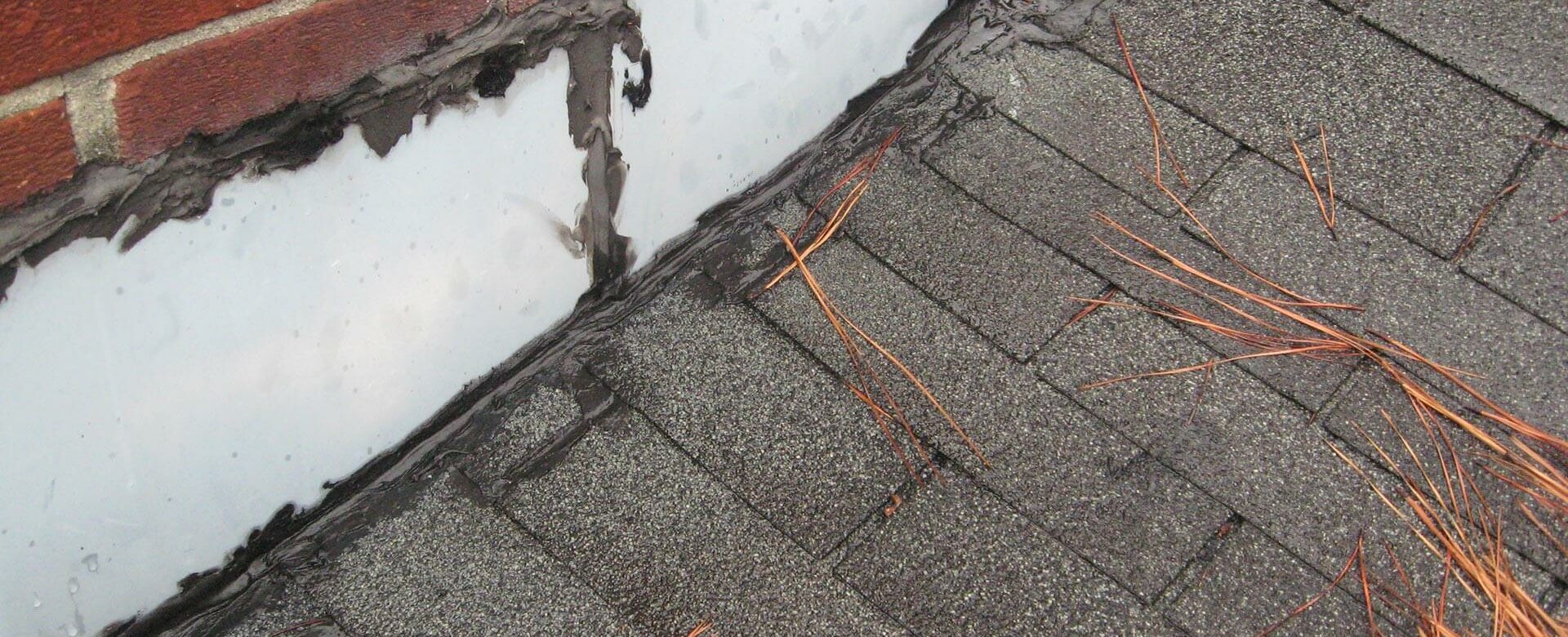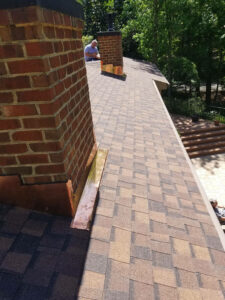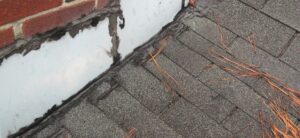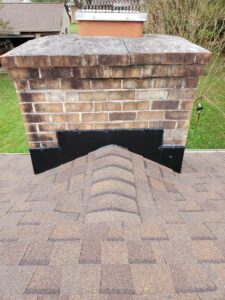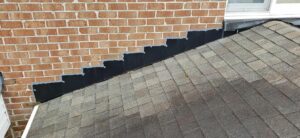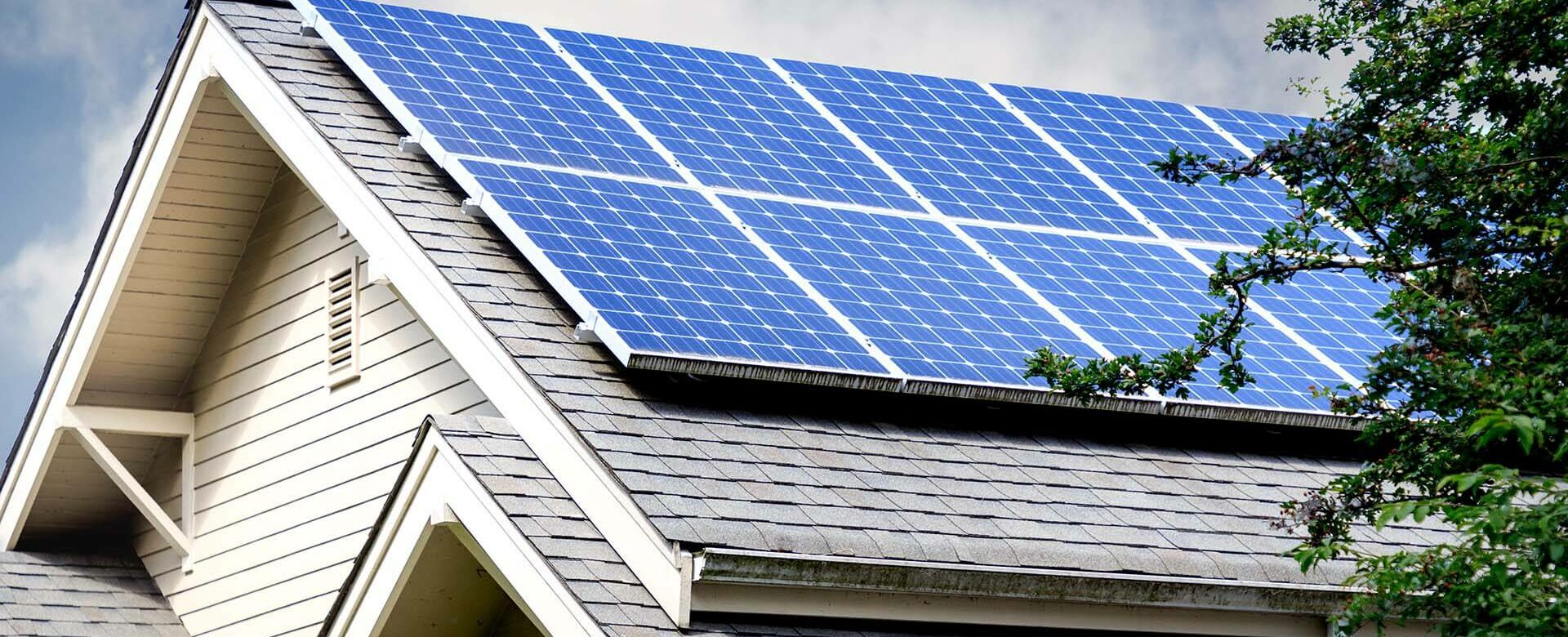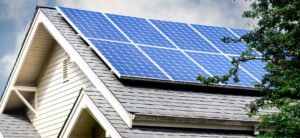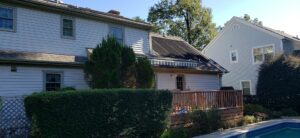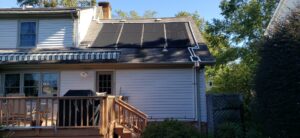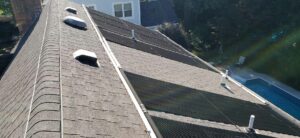When we talk about roofing repairs and replacements, people typically just think about shingles or other types of exterior roofing materials like metal, cedar shake or clay tile.
But there are many critical pieces that go into a good, solid roofing system, and one of them is flashing. Flashing is more important than people think, and improperly installed, damaged or missing flashing is one of the most common causes of roof leaks.
What is flashing?
When a roof plane meets a vertical surface, shingles and other roofing materials can’t be used to protect those parts of the roof. Instead, flashing is installed around vertical roof features to direct water away from these critical areas. Roof flashing is a thin metal material that comes in large sheets and is cut, molded and layered to fit where it is needed. It may also be made out of a plastic membrane for some applications or you may see PVC used at penetrations as pipe collars, sleeves and other fittings that function as flashing.
How does flashing work?
Without flashing, water could penetrate between the crevice of say, a shingle and a chimney. Flashing ensures that the water runs back over the roofing material, down the roof plane and off the house, hopefully into a clear and clean gutter. Other areas where flashing may be used includes vents, skylights, dormers, and sometimes even between the edge of the roofline and a gutter system.
What is flashing made of?
The materials used for flashing has changed over the years, from lead-coated materials to safer and more durable types of metals. This includes aluminum, copper and galvanized steel. Depending on the building codes where you live, a roofing contractor may have to use a specific material. While we typically use aluminum flashing on residential installs, the material itself is dependent on the specific roof and situation.
When should I replace or repair flashing?
If your home is experiencing a leak, and it does not appear to be from missing shingles, punctures or other damage, it may be time to check the flashing. Check the areas we discussed above to see if any of these issues have occurred:
- Holes, dents or bending
- Corrosion or rusting
- Missing nails or loose nails
- Loose or missing flashing
If you spot any of these issues, it’s time to call in a qualified roofing professional. Replacing flashing yourself is dangerous and if done incorrectly, can cause even more damage to your roof and ultimately the interior of your home.
When having your roof replaced, it’s a good idea to have the flashing replaced at the same time. Some areas may be able to be reused, but to ensure a watertight seal and a lifespan equivalent to your new roof material, full replacement is likely worth the minimal extra investment. Your existing roof flashing materials may also not be up to current code, in which case a roofing contractor will be obligated to replace it. Alternatively, it’s very possible that when you are experiencing a leak caused by flashing that only the flashing will need to be replaced, and that a full roof replacement is not necessary.
If you are having issues with your roof’s flashing, or have a leak you haven’t been able to identify the cause of, give Andrews Roofing a Call. We are experienced in the specific issues Hampton Roads homeowners encounter, especially during storm season. Contact us today.
